Weber Q3200 review: can you get a great gas grill for under $500?
You get what you pay for with this travel-friendly grill. We put the Weber Q3200 through its paces.
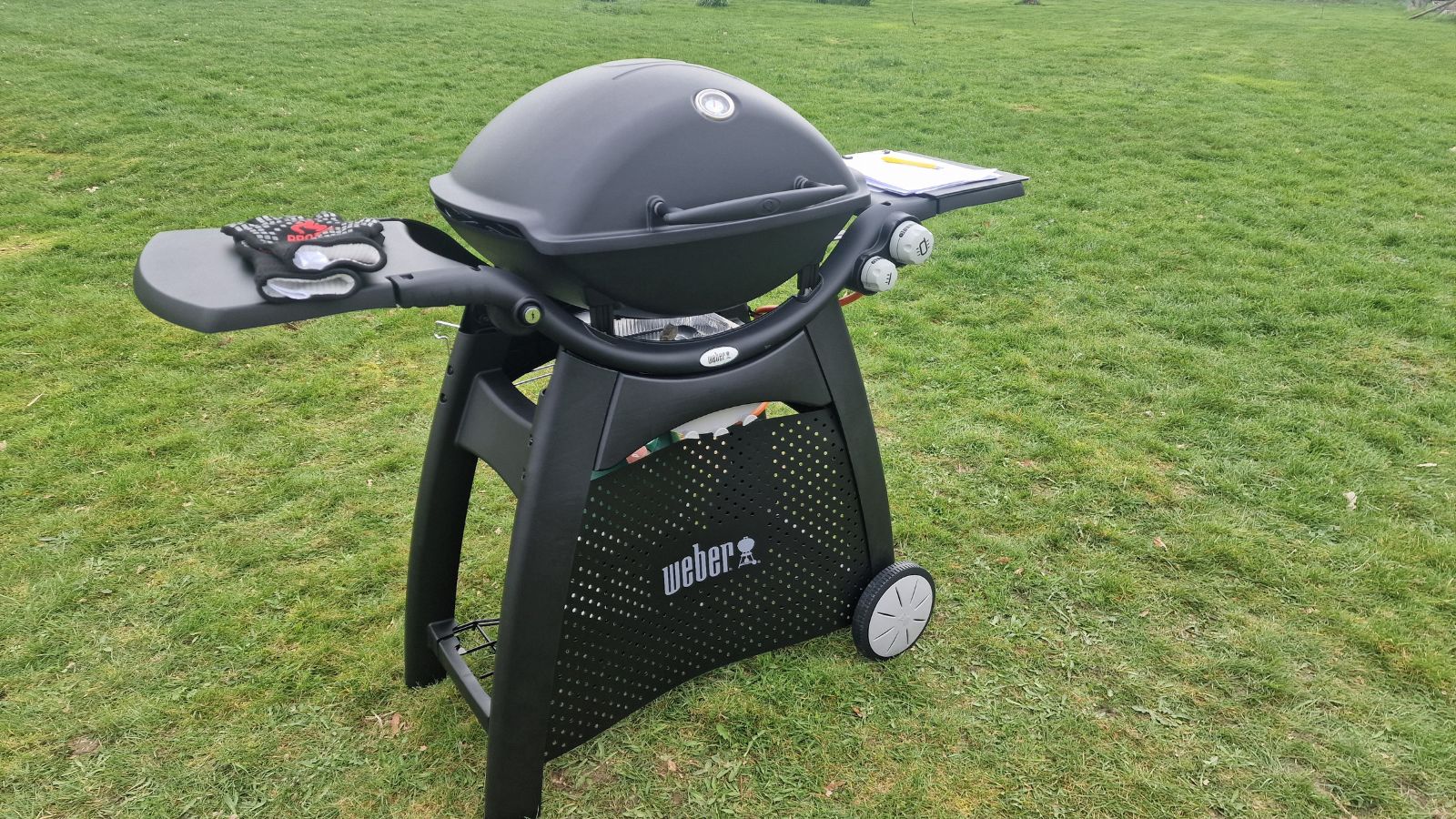
The Weber Q3200 is one of Weber's more affordable gas grills, and you can tell in the feel of the assembled product. With that said, it was a top performer for high-heat cooking and offers surprising versatility for a smaller grill.
-
+
Lightweight
-
+
Assembly was easy
-
+
Cooks well on high heat
-
+
Inner and outer burners
-
+
Convenient controls
-
-
Feels a bit flimsy
-
-
Gets hot to touch
-
-
Limited gas canister storage
-
-
We experienced some sticking on the grates
You can trust Homes & Gardens.

If you're in the market for a gas grill, Weber is likely the brand you turn to. From their iconic kettle grills through to the market-leading Genesis range, this brand has something for everyone at every budget. On the lower end of its gas grill offering, we were intrigued to try the Q3200 and see if its performance can compete with the best grills on the market.
We tested this grill on our annual outdoor testing day. Alongside six other models, some of which cost in excess of $2,000, this one stood out for its simplicity. Assembly was relatively painless, and while we found the frame to be a little on the flimsy side, this grill is capable of a speedy heat-up and great flame-grilled flavor.
Some will want a grill that costs far less than $500, and for this we'd recommend taking a look at a charcoal model, as prices start a lot lower. When it comes to the best gas grills though, this $500 model delivers on value, but (unsurprisingly) doesn't fool anyone into thinking it's a premium option.
Weber Q3200 on test
Weber Q3200 Specifications
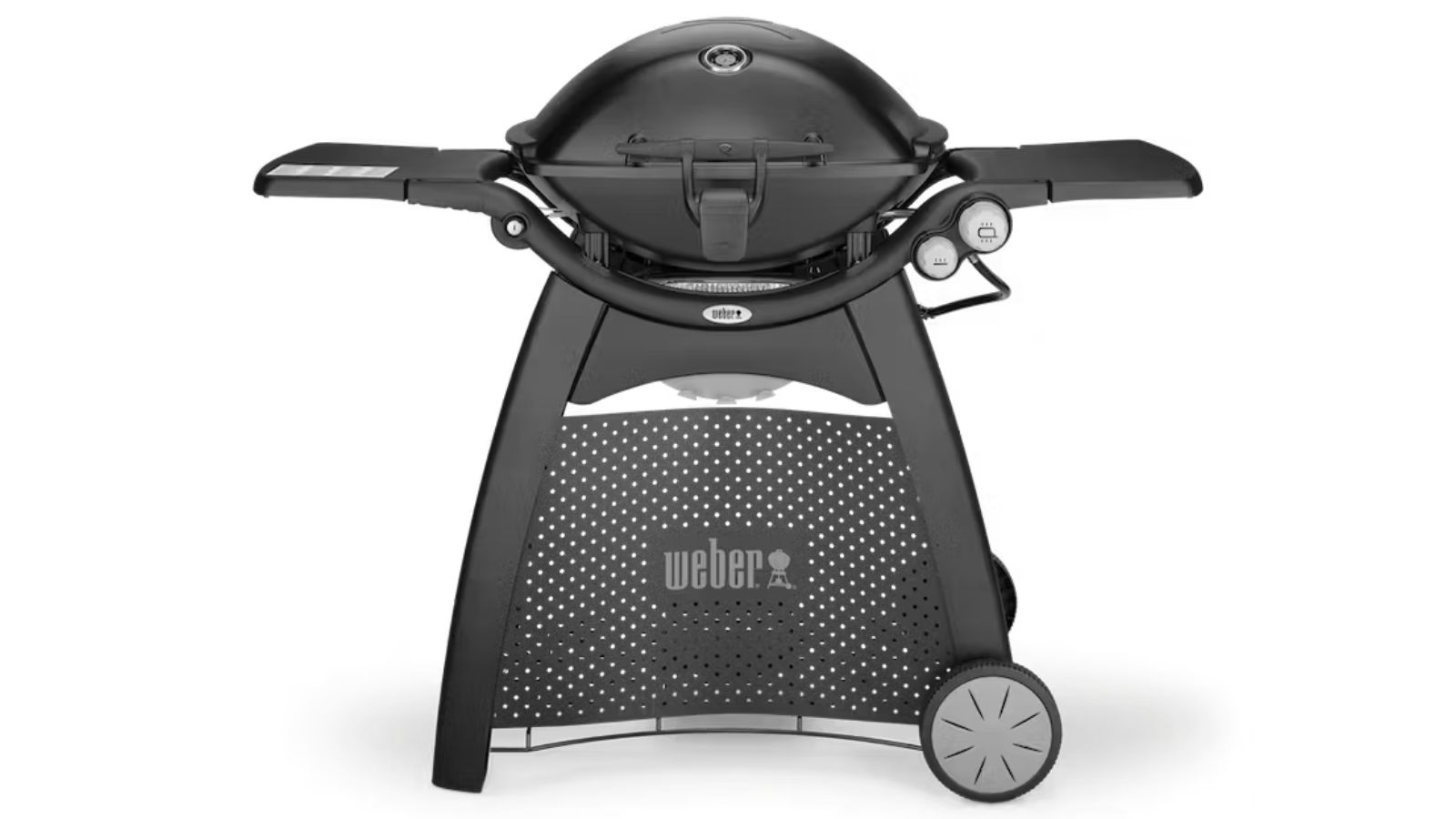

| Model: | Weber Q3200 |
| Size: | 55.5"D x 50.2"W x 30"H |
| Fuel type: | Liquid propane |
| Features | Electronic Ignition, Grill Cart with Tool Hooks, Lid Thermometer, Handle Light, Compact Design, Warming RackElectronic Ignition, Grill Cart with Tool Hooks, Lid Thermometer, Handle Light, Compact Design, Warming Rack |
| Grill size | 468 square inches |
Unboxing the Weber Q3200
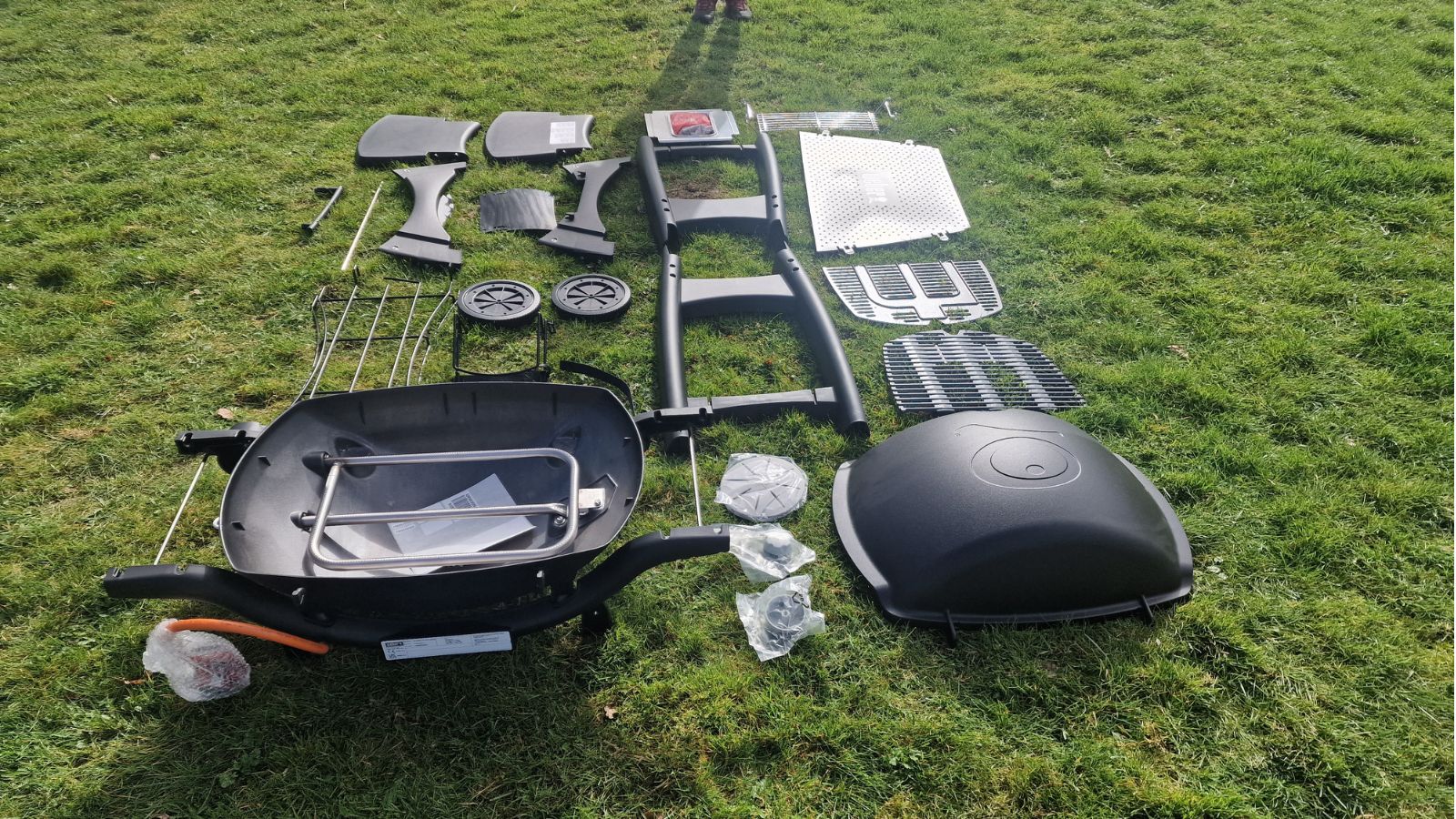
Compared to the other grills we tested, the Weber Q3200 was a delight to assemble. It took two of our testers around an hour, compared to other models like the Napoleon Phantom which took about three hours.
First, we had to assemble the base. This is made of plastic, from the wheels to the frame itself. All we needed to assemble was a screwdriver, so it's unlikely that you'll need to go out for supplies midway through building. The wheels are large, which makes this grill easily maneuverable.
There was a battery included for the electric ignition and a disposable drip tray included for the base, meaning you can use this grill as soon as it's assembled.

We didn't think the base looked very high-quality when assembled. In particular, the branded plastic sheet that sits between the frame looked a bit wobbly, and detracted from the style a little.
The grill itself though felt nice and hefty, made of two sturdy pieces of metal (a top and a bottom) and two porcelain-enameled, cast-iron cooking grates that slotted into place.
We'd recommend having two people to assemble this grill, although it's not essential due to the lightweight components. Having an extra pair of hands to hold things in place while screwing the base together did help.
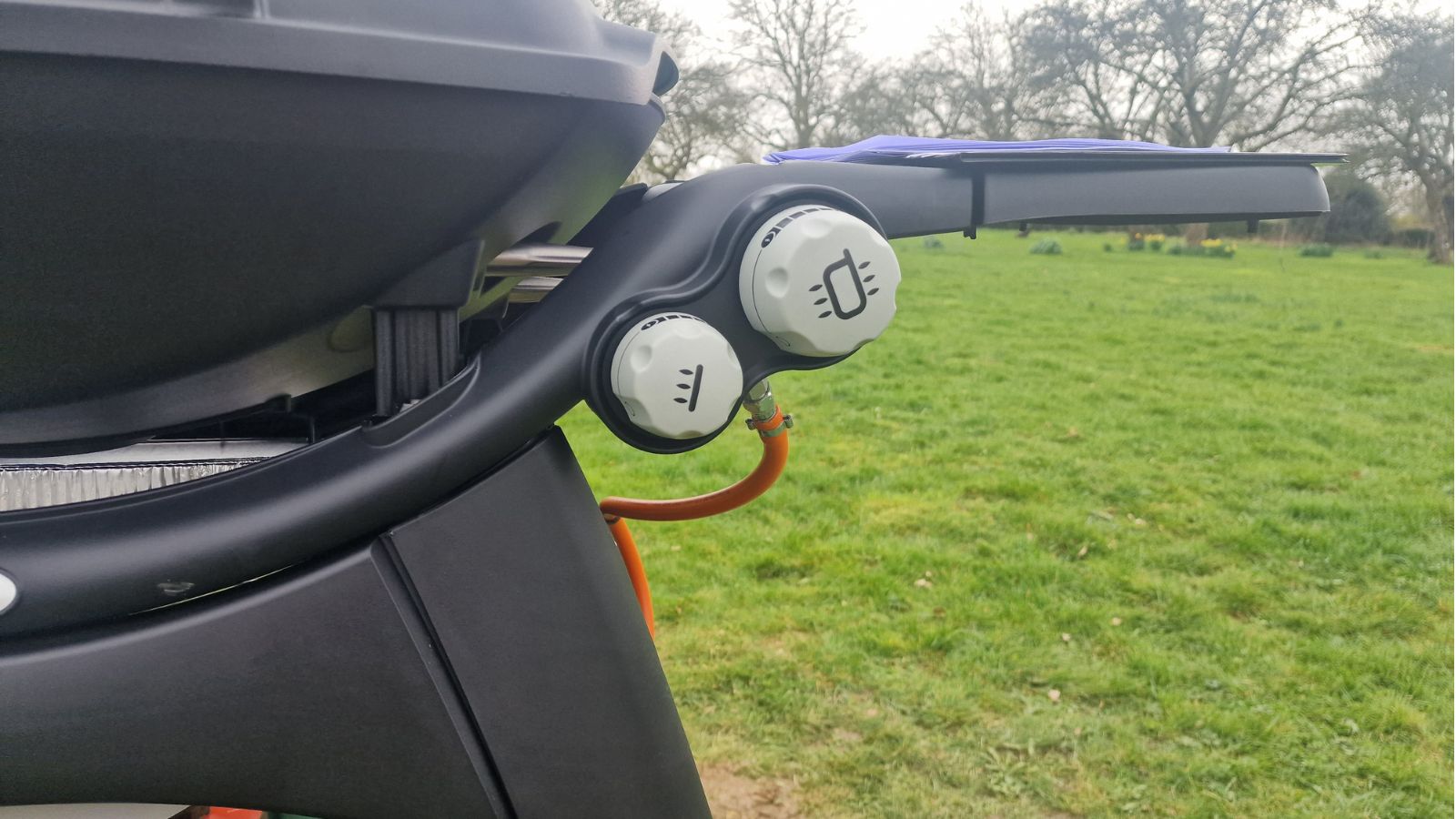
The grill has two dials which each control one of the burners. Some grills have a left and right burner, but we enjoyed that the Weber Q3200 had an inner and outer burner. The outer would be fantastic for slow-cooking over an indirect heat, and you can add the central burner for more direct heat. It's a clever way of making the most of a smaller cooking surfacde.
Ignition is electronic, so you just need to twist the dials while pushing the ignition button to get a flame going. It's all very easy.
Cooking on the Weber Q3200
Cooking vegetables and halloumi
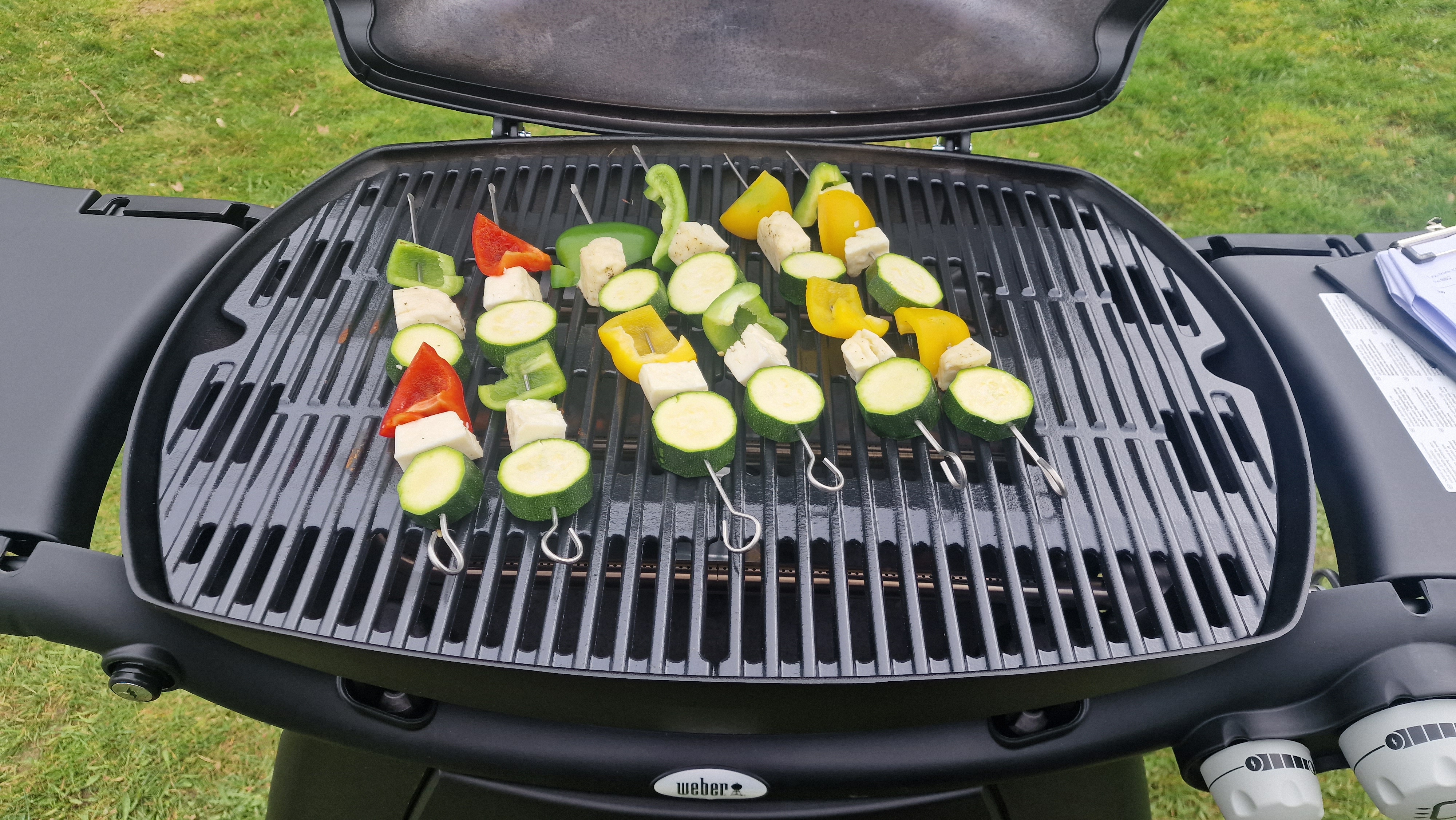
We tested halloumi and veggie skewers for a couple of reasons. Firstly, because we had a lot of vegetarians on the team, but also because halloumi has a tendency to stick if you don't cook it right. This makes it a good test to see how well the grates on a grill resist sticking, and while the Weber didn't do the best job of the grills we tested, it was definitely one of the better models for keeping our cheese cubes intact.
We were also able to get some nice charring on our vegetables, although we did find that the center of the grill cooked a lot faster than the exterior, so we had to move our skewers around to get them cooked evenly and finished at the same time.
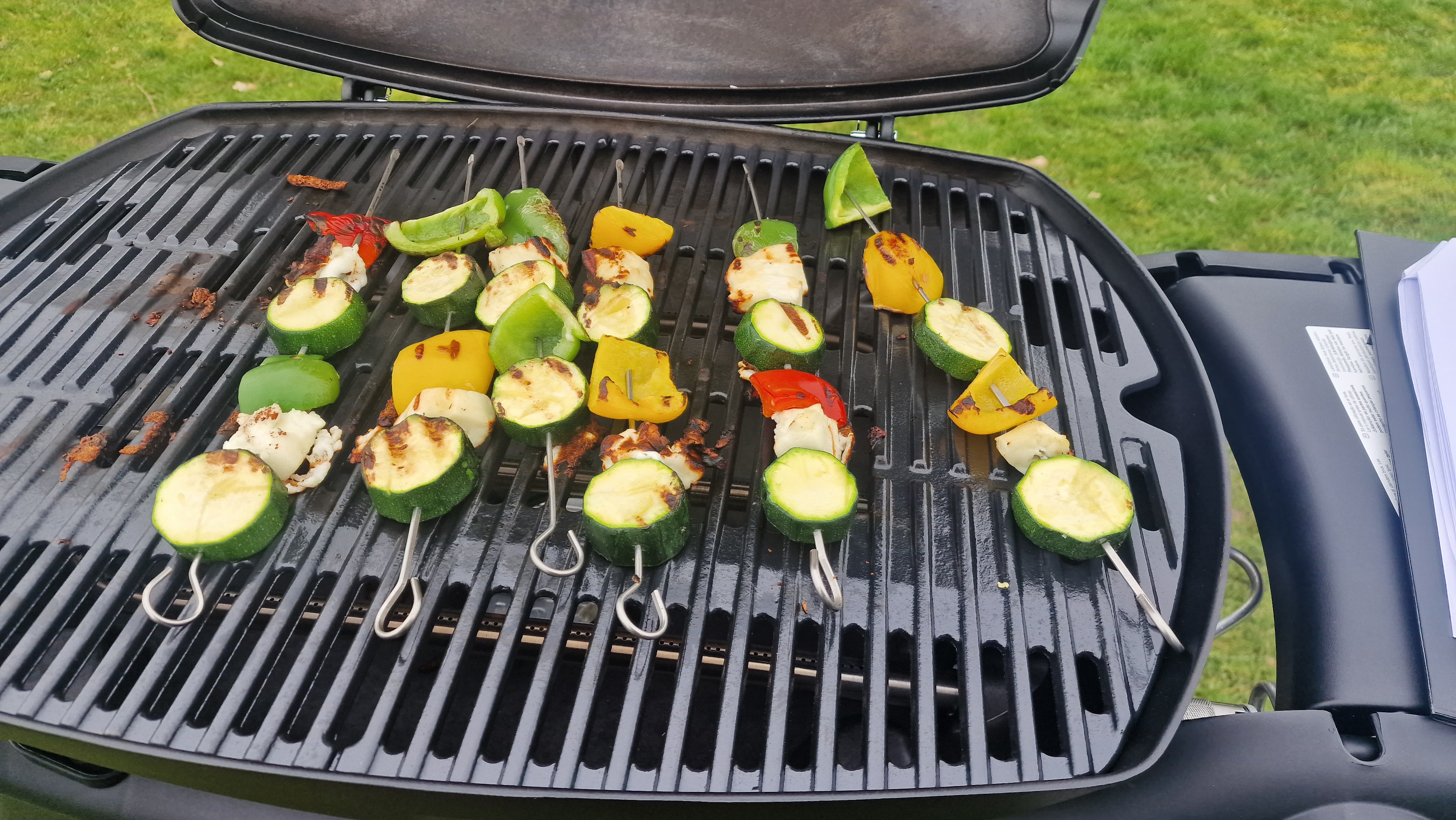
Cooking burgers and sausages
Testing burgers and sausages was essential for our gas grills. These are often the most common use of your average household grill, and it's also a good way to assess the cooking size available.
With the Weber Q3200, there's also a removable warming rack. We used this to cook some corn over an indirect heat while our other food was cooking, in a test to see how well the grill maintained ambient heat.

Our sausages and burgers came out very well. They had good charring, with some nice grill lines to bring that BBQ look to the meal.
We were impressed with the cooking space available. We could easily have fit another eight sausages and two burgers on to cook, although the warming rack does straddle a lot of otherwise-usable space, meaning you will have to fiddle around it to cook underneath if keeping things warm.
The sacrifice was worth it, because our corn came out juicy with some light browning, and after 15 minutes it had cooked using just the ambient heat of the grill.

Slow roasting chicken
We did a slow roast test in every grill we tried. This is to see how well a grill can handle a more controlled cook. To do this, we turned off our inner burner and ramped up the outer burner to get the temperature high (around 400 degrees) without directly cooking.
This took a while to get up to temperature, although admittedly this test fell on a cold and windy day. When we did get there, the temperature dropped very quickly as soon as we opened the lid. The thin materials of the lid and base meant that this grill is not good at insulating heat, and probably best suited to flame grilling. A kamado-style grill would be more efficient for seriously long roasts such as brisket.
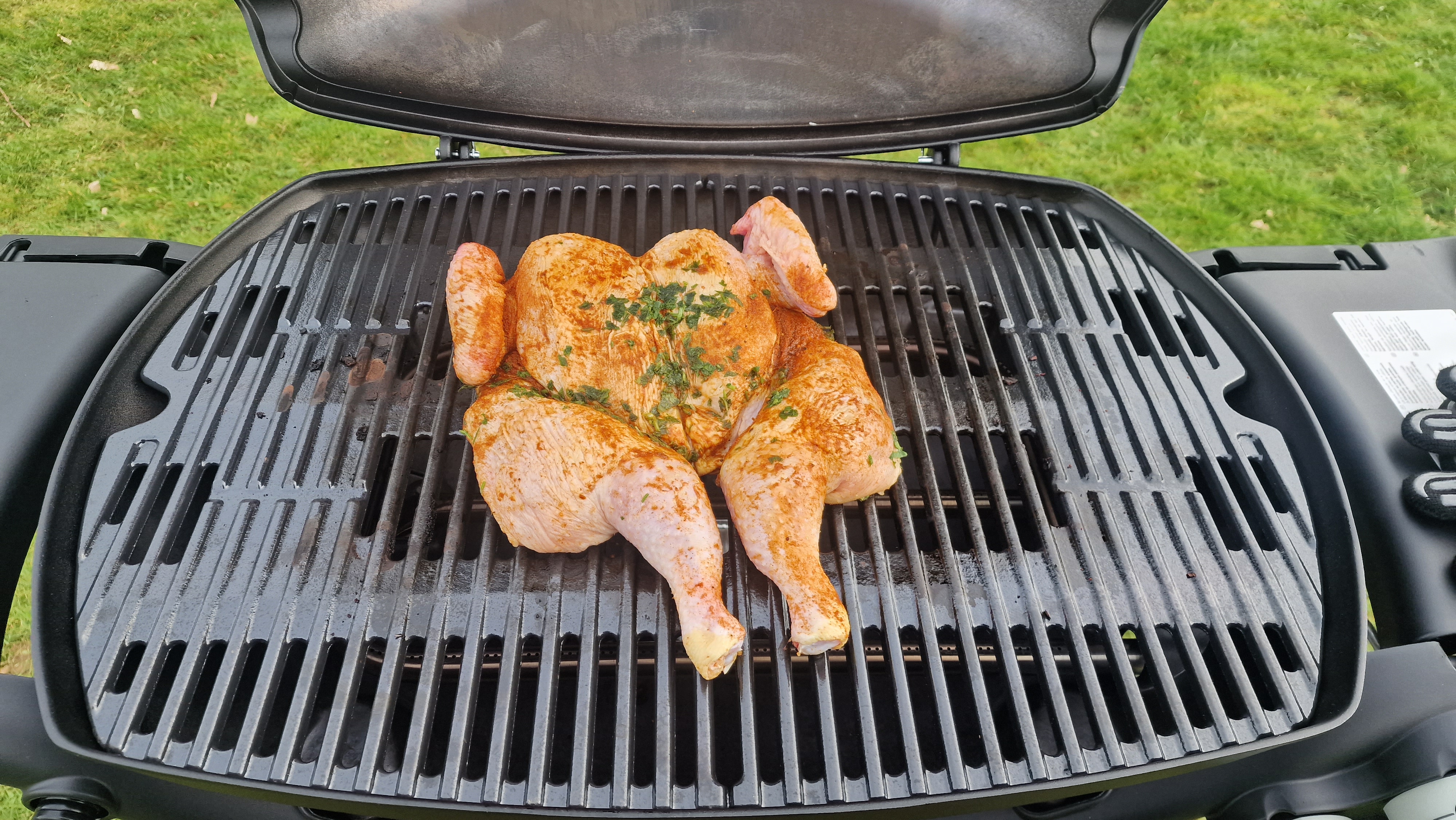
The chicken hit our target temperature at the hour mark. Some grills were faster, but the slow roast meant that the chicken was deliciously juicy. We were also able to get a nice crispy skin without drying out the meat; something we struggled with on grills that didn't allow us to cook indirectly.
Overall, this was the weakest test for the Weber Q3200 due to its difficulty in insulating, suggesting it's better for the spontaneous griller who enjoys making flame-grilled meals over slow-roasted feasts.

Cleaning the Weber Q3200
The cleaning test was our least favorite part of these reviews, but the Weber Q3200 wasn't too challenging. For a start, there is a drip tray that's very easy to access for removing scraps and fat. Those bits that got stuck around the hole of the base weren't the nicest, but did wipe away with a scrubbing brush.
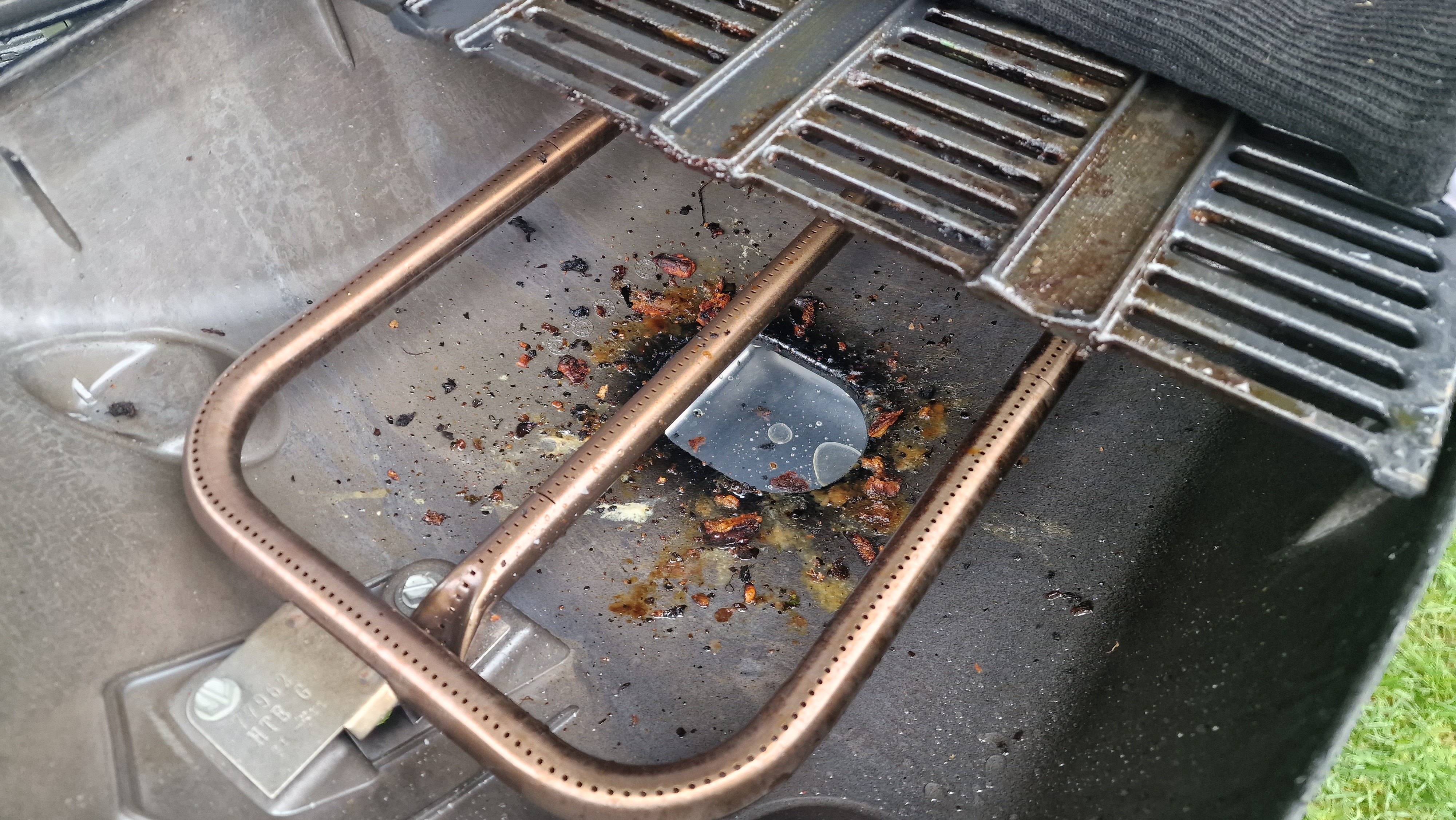
Because there isn't a fiddly side-burner to maintain, this grill definitely counts as a low-maintenance option. And as with all Weber grills, the grates are high-quality and will season over time.
Should you buy the Weber Q3200?

The Weber Q3200 scores four stars from us. It's not the worst, not the best, not the cheapest, and far from the most expensive. But if you're in the market for an entry-level gas grill that's not too demanding, we think this is a dependable choice. And we'd have scored it higher if it wasn't for our excellent experience with the Weber Spirit II E-310. It's marginally more expensive, but there's not much in it, and we scored it an easy five-stars for value for money. If you want something a bit more sturdy, we suggest spending the extra money on the Spirit II, but if you want a more casual and lightweight grill, the Weber Q3200 is the one we'd recommend.
Sign up to the Homes & Gardens newsletter
Design expertise in your inbox – from inspiring decorating ideas and beautiful celebrity homes to practical gardening advice and shopping round-ups.

Millie Fender is Head of Reviews on the Homes and Gardens Ecommerce team. She specializes in cooking appliances, such as the best kettles, and also reviews outdoor grills and pizza ovens. Millie loves to bake, so she will take any excuse to review stand mixers and other baking essentials. When she's not putting products through their paces in our dedicated testing kitchen, Millie's reviews are conducted at home, meaning she uses these products in her own day-to-day life.
-
 Charli XCX's front door color 'feels deliberate, and almost calculated' – estate experts say it carries authority (but it comes with a warning)
Charli XCX's front door color 'feels deliberate, and almost calculated' – estate experts say it carries authority (but it comes with a warning)The singer's sophisticated front door color gives a 'psychological head start' to sellers, but it has a potentially unlucky downside
By Megan Slack Published
-
 Lenny Kravitz says design is 'just like music' – and the stunning materials of this bedroom embody this laidback luxe approach
Lenny Kravitz says design is 'just like music' – and the stunning materials of this bedroom embody this laidback luxe approachRich textures and opulent finishes come together in a Los Angeles bedroom designed by the musician – it's ultra-chic, but relaxed
By Sophie Edwards Published
-
 Courtney Love's historic loft combines rock star luxury with raw New York bones – it's on the market for almost $9.5 million
Courtney Love's historic loft combines rock star luxury with raw New York bones – it's on the market for almost $9.5 millionThe singer's former SoHo home features exposed brick walls, original wooden columns, a gas fireplace, and high ceilings – take the tour
By Hannah Ziegler Published